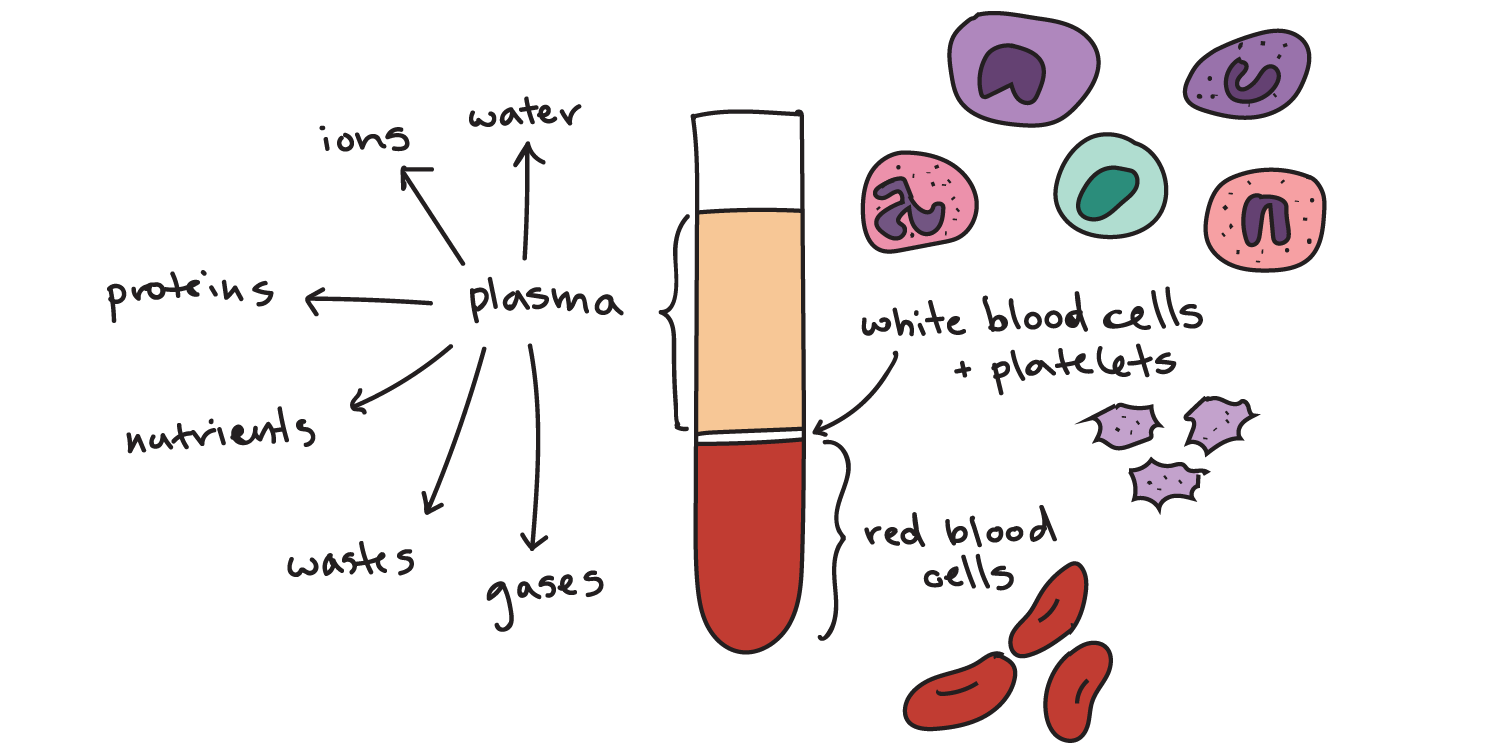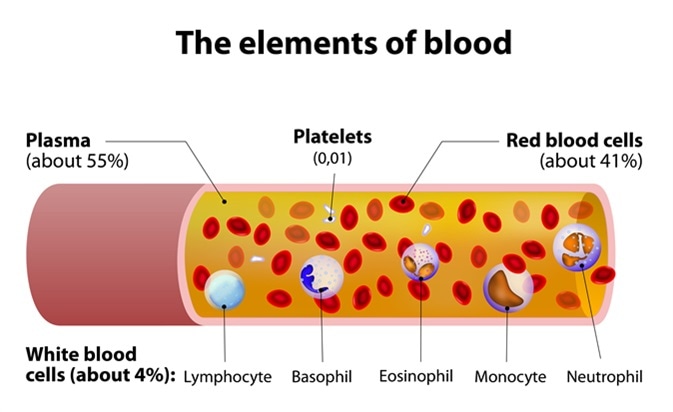Describe the Composition and Functions of Plasma
Transport across the membrane can be passive or active. Solution for Describe the composition and functions of plasma.

2 1 5 Plasma Membrane Structure And Function Youtube
Describe the composition and functions of plasma.

. Plasma serves as a transport medium for delivering nutrients to the cells of the various organs of the body and for transporting waste products derived from cellular metabolism to the kidneys liver and lungs for excretion. Describe the functions of albumin 50 of marks. Albumins globulins and fibrinogen.
Plasma contains two key proteins called albumin and fibrinogen. The main role of plasma is to take nutrients hormones and proteins to the parts of the body that need it. Albumin is vital for maintaining a balance of.
It is also a transport system for blood cells and it plays a critical role in maintaining normal blood. For example epithelial cells of the small intestine function to absorb nutrients from the digestive tract. Plasma membrane is composed of a lipid layer which is semipermeable.
The membrane is mainly composed of lipids proteins and carbohydrates. It makes up more than half about 55 of its overall content. Blood plasma consists of mostly water 90 and solutes including nutrients gases hormones wastes products of cell activity ions and proteins.
Start your trial now. Solution for Describe the composition and functions of plasma. Its main function is to protect the cell from its surrounding and is composed of a phospholipid bilayer with embedded proteins.
Blood plasma Blood plasma is a complex matrix within blood composed mostly of water 92. Plasma is the liquid component of blood in which the red blood cells white blood cells and platelets are suspended. Nutrients glucose vitamins and minerals gases oxygen carbon dioxide ionselectrolytes sodium potassium and calcium wastes uric acid Describe the plasma proteins.
Plasma Blood- Blood cells It is the liquid part of blood and is composed of 90-92 water 7-8 plasma protein and 1-2 other substances glucose amino acids electrolytes ammonia enzymes hormones vitamins etc. Describe the composition and functions of plasma. The plasma membrane is the outer limiting membrane of a cell that separates the bodys two major fluid components the intercellular fluid that is within cells and the extracellular fluid outside of cells.
Plasma membrane is also referred to as the cell membrane. When separated from the rest of the blood plasma is a light yellow liquid. Water makes about 29 of total weight.
Plasma carries water salts and enzymes. Plasma comprises about 18 of extracellular fluid or 5 of bodyweight. Absorbing and releasing heat as needed by the body transporting ions transporting red blood cells.
In addition to water and proteins the plasma contains. Plasma is the largest part of your blood. It is a mixture of proteins enzymes nutrients wastes hormones and gases.
Plasma also called blood plasma the liquid portion of blood. The liquid state of blood can be contributed to plasma as it makes up 55 of blood. 1 The Plasma Membrane-the outer boundary of the cell 2 The Cytoplasm-The intracellular fluid packed with organelles small structures that perform specific cell functions 3 The Nucleus- An organelle that controls cellular activities.
The composition of blood plasma is clear _____ liquid portion of blood that suspends cells and platelets. Regarding the functions of the plasma membrane besides being a protective boundary to the cell it is involved in the selective permeability of ions and molecules across it-from the cell to the exterior and vice versa. It is pale yellow in colour and when separated it consists of salts nutrients water and enzymes.
Answer the question correctly. It is the membrane found in all cells that separate the inner part of the cell from the exterior. Consequently the plasma membranes of many epithelial cells are divided into distinct apical and basolateral domains that differ in function and protein composition Figure 1212.
What are the functions of plasma. 60-80 gmdl of blood. The three primary classes of plasma proteins are.
2019-2-11 Outline the composition of plasma 50 of marks. The primary functions of plasma isare immunoglobulins. C Describe the chemical composition of the plasma membrane and relate it to membrane function.
3Contains inorganic ions which are important in. Chemical Composition of Plasma Membrane. In this article we will discuss about the chemical composition and functions of plasma membrane.
Plasma proteins account for 8 of plasma solutes mostly albumin which function as. Albumin - transport maintain osmotic pressure. First week only 499.
Function of Plasma 1Carries nutrients including glucose which is the primary source of energy for cell metabolism. Translucent yellowish little viscous when centrifuged. Functions of Plasma Membrane.
Function of Plasma Carries nutrients including glucose which is the primary source. Plasma contains gamma globulins a type of immunoglobulin. Blood plasma also contains important proteins and other components necessary for overall health.
Describe the composition of the plasma membrane The plasma membrane surrounds all cells and contains a semifluid substance called cytosol it also contains chromosomes and ribosomes. Immunoglobulins help the body fight off. A cell wall is found to be attached to the plasma membrane to its exterior in plant and bacterial cells.
Mainly composed of _____ 90 with a mixture of organic and inorganic substances dissolved within it. Transporting carbon dioxide digested food urea hormones and heat. 2Hormones are transported around the body in plasma attached to plasma proteins.
Robertson 1959 proposed that plasma membrane is three-layered structure where proteins form the outer and.

Components Of Blood Article Khan Academy

Blood Plasma Components And Function

Cell Membranes Function Structure And Composition Cell Membrane Cell Membrane Plasma Membrane Cell Biology
Comments
Post a Comment